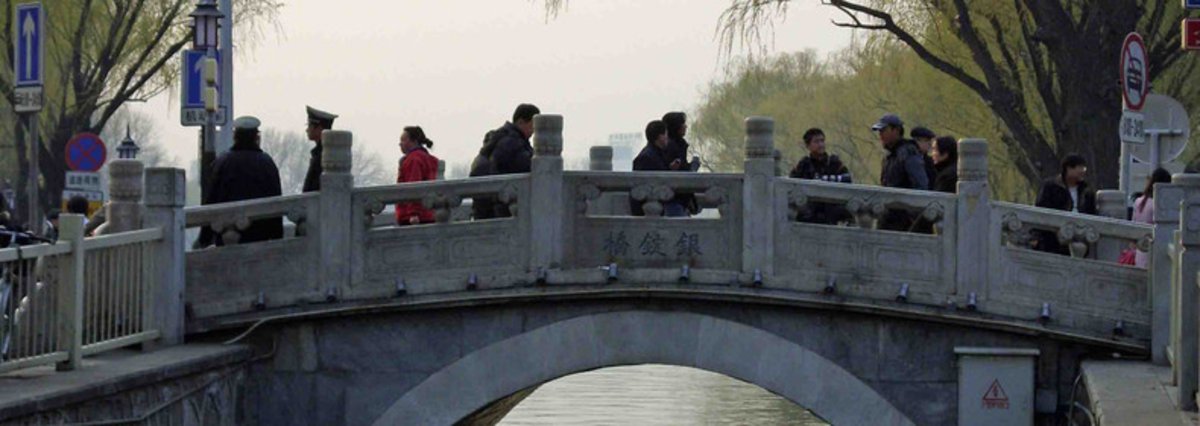Paulin Batairwa Kubuya
Regarding inculturation, or the process enhancing the interaction between the gospel and the culture, Archbishop Stanislaus Lo Kuang spoke of fostering an identity that is “truly Christian and truly Chinese” in the person of the one receiving Christianity in the Chinese context. He considered that the convert could be the receptacle and the meeting point of both the culture and the gospel and their respective worldviews, called to coexist and interact in a harmonious way. Given its contextual background, Christianity was associated with the West, in the same way as the Chinese culture was associated with the East. Consequently, the conversion of a Chinese to Christianity occasioned questions and challenges that arose from the meeting and interactions of those diverse religious and cultural worldviews. Lo Kuang was convinced that the arrangement was possible, primarily because the worldviews involved could be bridged and could communicate with each other – ronghe yu huitong 融合與會通 – and enhance an integrated identity – truly Christian, truly Chinese. Lo Kuang was convinced that this approach might effectively respond to the allegations made regarding Chinese who embraced Christianity as being lost to the Chinese culture. Duo le yi ge jidutu, shao le yi ge Zhongguoren 多一個基督徒, 少了一個
中國人.
[more...]


